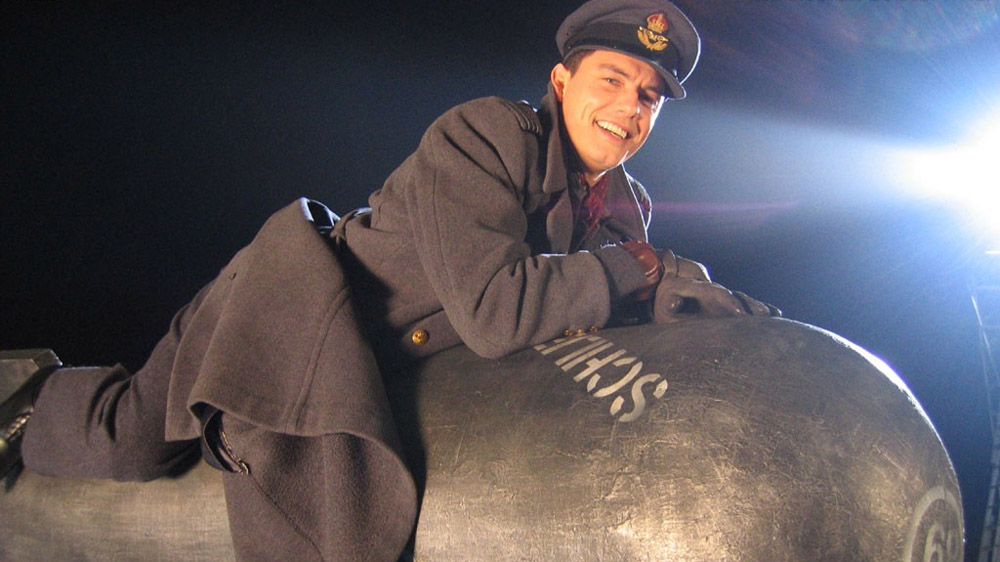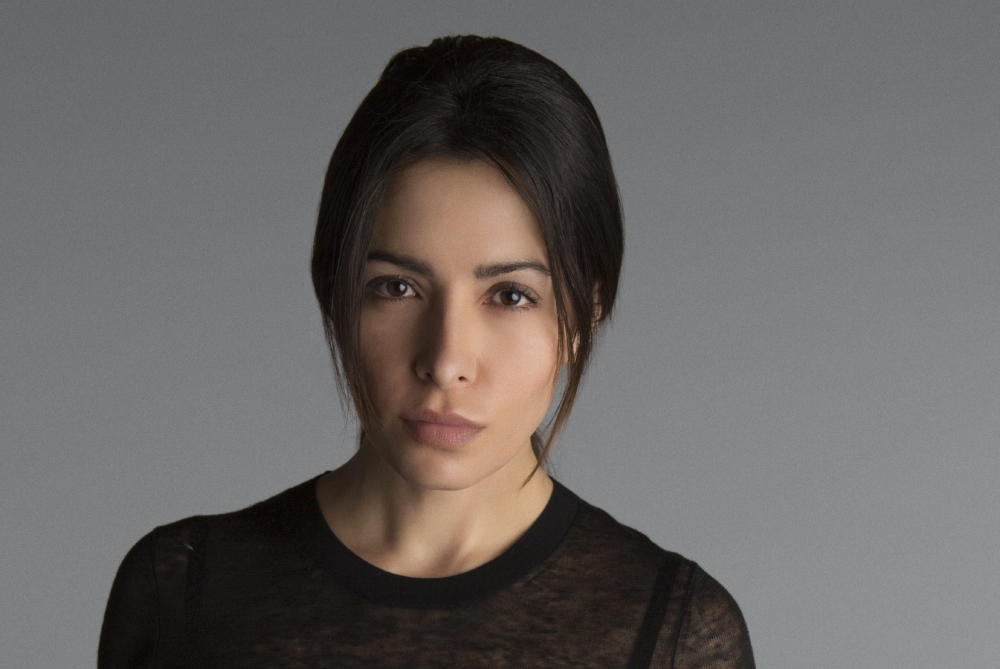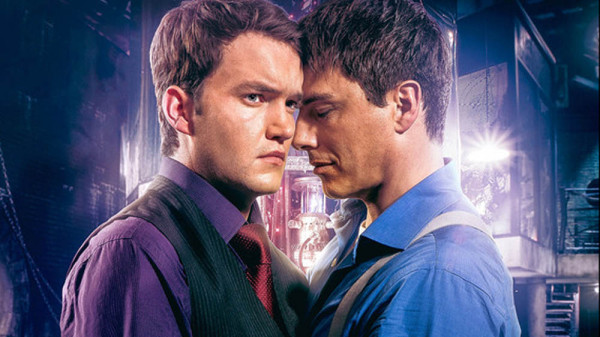Representation in television has always been a controversial topic amongst audiences and critics. Throughout our own history, television organisations have grounded healthy representation to a halt because of a lack of knowledge and apprehension towards how their audience numbers would be affected if they didn’t satisfy everyone’s expectations. In modern society, writers have gradually become more aware of the social factors that affect their audiences, partly since television has become such an important part of our lives.
In recent years, LGBTQ representation in television has been strengthened by clear understanding of who is watching and how characters can positively influence and represent our own social groups. The creation of Captain Jack Harkness in the first modern series of Doctor Who back in 2005 was one of the most effective representations of a bisexual and pansexual character. Not only was it a progressive step forward for the series but it opened the door for other series to follow. The series demonstrated a person’s sexuality is not their main characteristic and that it’s OK not to be labelled. This was explored further in the spin-off series Torchwood as audiences followed Jack’s relationship with Ianto.

Getting It Right
Even now, the series continues to reflect more LGBTQ groups through its characters. The latest Doctor Who companion, Bill Potts, was the first lesbian companion to step foot inside the TARDIS and many were surprised there was a big discussion about it. This is because even though more TV series are representing the LGBTQ community, there is still not enough widespread representation of LGBTQ characters. When a series does make a character a member of the LGBTQ community, celebration ensues because LGBTQ characters continue to be in the minority when there are millions of LGBTQ populations all over the world.
However, there are series who, like Doctor Who, are getting it right.
The American sci-fi/crime drama series, Person of Interest ran for five seasons between 2011-2016 and became known for its complex, dynamic and compelling characters. Samantha Groves ‘Root’ and Sameen Shaw were two that have become one of the strongest representations of the LGBTQ community in the last ten years. Root was a hacker and killer for hire and Shaw a sociopath and killer for the government. Both had their own unique characteristics and storylines which when brought together, made them one of the most successful and original television couples of the twenty-first century.

The writers didn’t shy away from the chemistry the characters shared nor did they try and write them as tools of representation. Their relationship was normalized which is how effective representation should be crafted. There shouldn’t be an intention to represent only to create characters that are multi-dimensional, dynamic and able to explore their strengths and weaknesses without there being an underlying motivation behind it. Root and Shaw or ‘Shoot’ as they are now known were vulnerable, flirtatious, dangerous, gracious and selfless. These are all elements of the human condition we all relate to and them falling in love was another aspect to their own individual development and overall progression as a couple.
They were written as human and not defined by their gender. The writers demonstrated that it didn’t matter what gender they were, but it was how they felt for each other that mattered. The challenge that television series have now is normalizing representation. Often representation is taken as a statement, but writers have and are starting to write LGBTQ characters as they would any other.
Everything Changes
This is how LGBTQ representation has changed since the year of 2005 to the present day. It appears effective representation can only be achieved when we reflect upon society and understand the diversity that encompasses it. Writers are becoming more attuned to representation as a way of reflecting ourselves and our intricacies, vulnerabilities, strengths, emotions and relationships. There are no forced ideologies or statements, just real people experiencing real conflicts, real challenges and real love. There are some series that are striving towards this, such as, Alex and Maggie’s storyline in the american superhero series Supergirl, the development of Cassandra in the american sci/fi adventure series The Librarians and the continuing relationship between Korra and Asami in the animated series The Legend of Korra which is now following their story in comic form.
As ever with social progression, it will take time for TV series to get it right and when it does, there will be no need for celebration because LGBTQ representation will be so broad and be featured in (hopefully) every series to come that we won’t even question it. We won’t have to imagine a world where every series has multiple LGBTQ characters; they will be there right in front of us, giving us the opportunity to learn about our own society and help us make it a better one.

